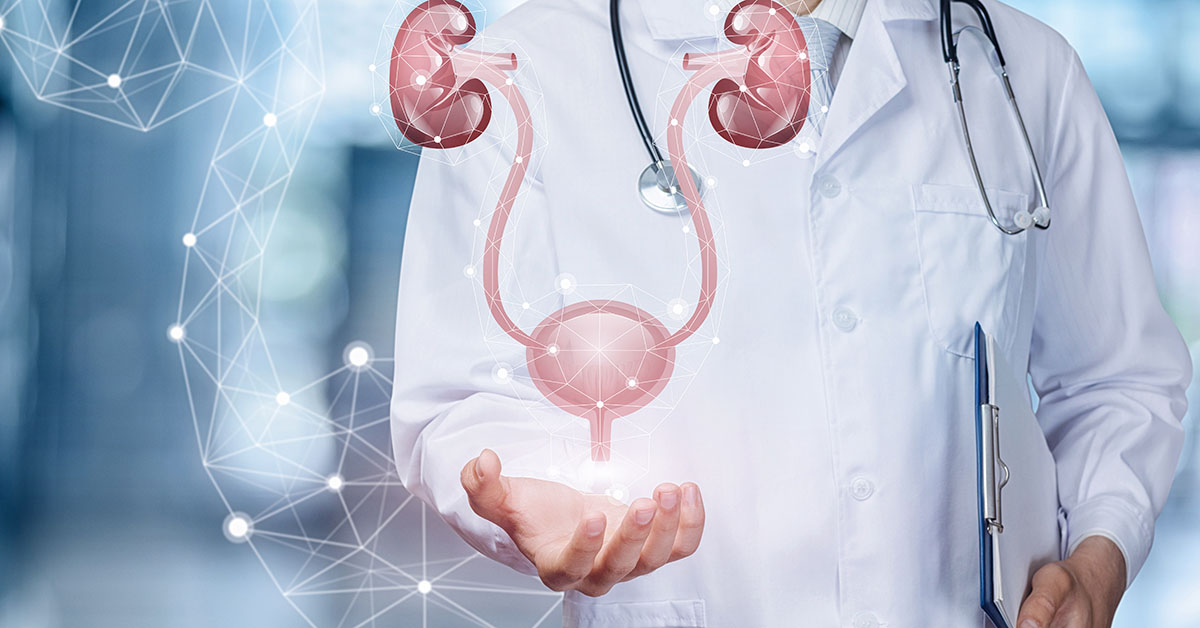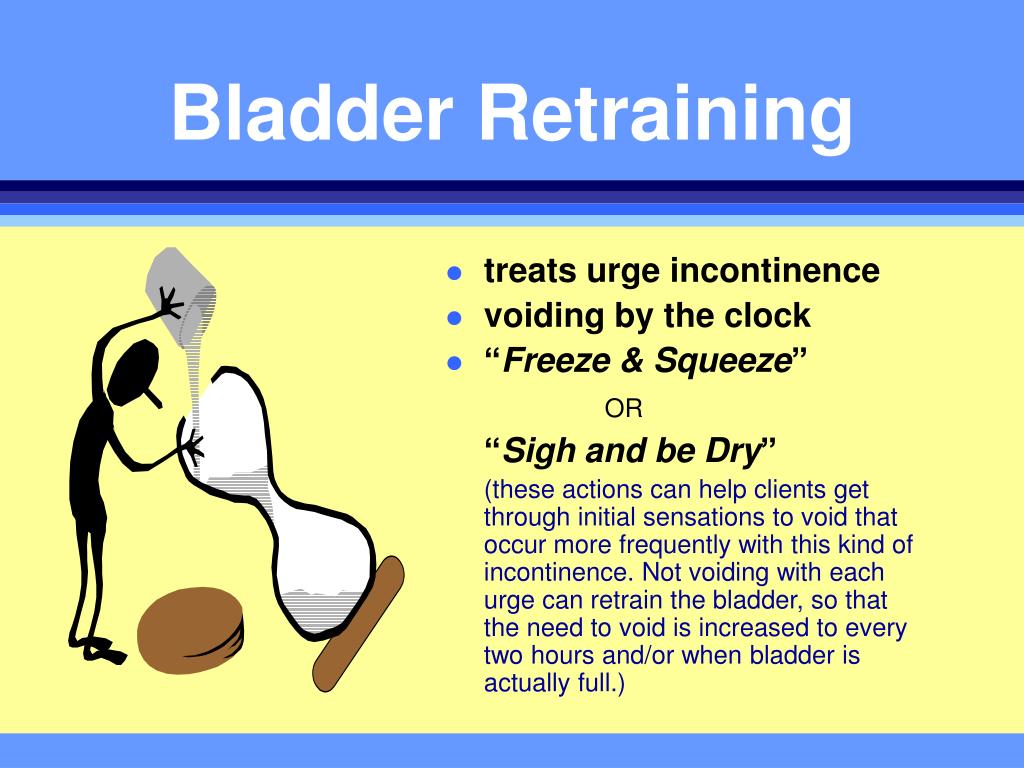
September 3, 2024
Result Of Conjugated Estrogen In Stress Urinary Incontinence In Women With Menopause
Result Of Conjugated Estrogen In Anxiety Urinary Incontinence In Females With Menopause It can likewise deteriorate your pelvic flooring muscular tissues, making it more difficult to keep in urine. Nonneurogenic urinary incontinence might be brought on by anatomic or practical problems (e.g., ectopic ureters) affecting the storage space stage of micturition. Hormone-responsive incontinence is likewise a typical type of nonneurogenic urinary system incontinence. In these individuals (generally pets), the detrusor reflex is normal; normal peeing behavior, in addition to pee dribbling, happens.What Causes Urinary Incontinence?
What hormonal agent quits pee?
earn less pee during the night. Takeaway: If progesterone degrees are increasing during and after your cycle, and progesterone creates your bladder to acquire extra frequently, it may cause incontinence. Menstruation adjustments. There are numerous factors your monthly period can alter, yet hormone imbalance usually plays a role.Hair issues.
What Else Can Aid To Lower Incontinence?
Throughout a lady's life, from adolescence to menopause, the delicate equilibrium of hormonal agents orchestrates a harmony of adjustments that can affect urinary continence and pelvic flooring toughness. Sometimes, there are modifications to your everyday life that can actually assist your urinary incontinence. These changes often consist of workouts you can do to enhance your pelvic floor muscles, changes to Biofeedback Therapy your typical routines and a boosted diet. Some people see enhancements by making these adjustments at home and do not need additional treatment. You may be described a doctor that specializes in urinary tract problems (urologist) or a gynecologist with special training in women bladder troubles and urinary feature (urogynecologist). Your medical professional may recommend that you do these exercises regularly to strengthen the muscle mass that help regulate peeing. Additionally called Kegel workouts, these methods are especially effective for anxiety urinary incontinence yet may additionally aid prompt incontinence. Estrogen deficiency is just one of the indicators of hormonal discrepancy in ladies that is usually experienced during menopause. One of the best means to stay on par with urinary incontinence is through making use of adult diapers for females. The research was reviewedand approved by the human topics examine boards at each participatinginstitution, and all participants offered composed educated authorization. For people with a decompensated bladder that does not vacant well, the postvoid residual urine can result in overgrowth of microorganisms and subsequent urinary tract infection (UTI). Stress and anxiety incontinence impacts 15-60% of females-- both young and old individuals. Greater than 25% of nulliparous young university professional athletes experience anxiety urinary incontinence when participating in sporting activities. Patients with a neurogenic disorder such as myelomeningocele may have an open bladder neck that causes extreme innate sphincter shortage and urinary system loss. Paraplegia or quadriplegia can develop within hours or days after the first neurologic shortage appears. Laxity of the pubourethral tendons (ie, anterior zone of damage), mid vagina (ie, center area), and uterosacral tendons (ie, posterior zone) make the usual tridirectional support of the vaginal area inefficient. Hemorrhage, infarction, or vascular concession to particular locations of the mind can result in lower urinary system disorder. The frontal lobe, interior capsule, brainstem, and brain typically are entailed sites. At first, urinary system retention as a result of detrusor areflexia is observed. In blended incontinence, the bladder outlet is weak and the detrusor is over active.- Nerve damages can interrupt signals from your bladder to your brain so you don't experience need to pee.
- The pubourethral ligaments likewise put on hold the middle part of the urethra to the back of the pubic bone.
- Estrogen is launched in your body before and during ovulation, and enlarges the uterine lining to prepare the uterus all set for maternity.
- Vasoactive intestinal tract peptide, a smooth muscle mass depressant, is decreased considerably in the bladders of patients with detrusor overactivity.
- Throughout sacral nerve excitement, a surgically implanted tool supplies electrical impulses to the nerves that manage bladder task.


Social Links